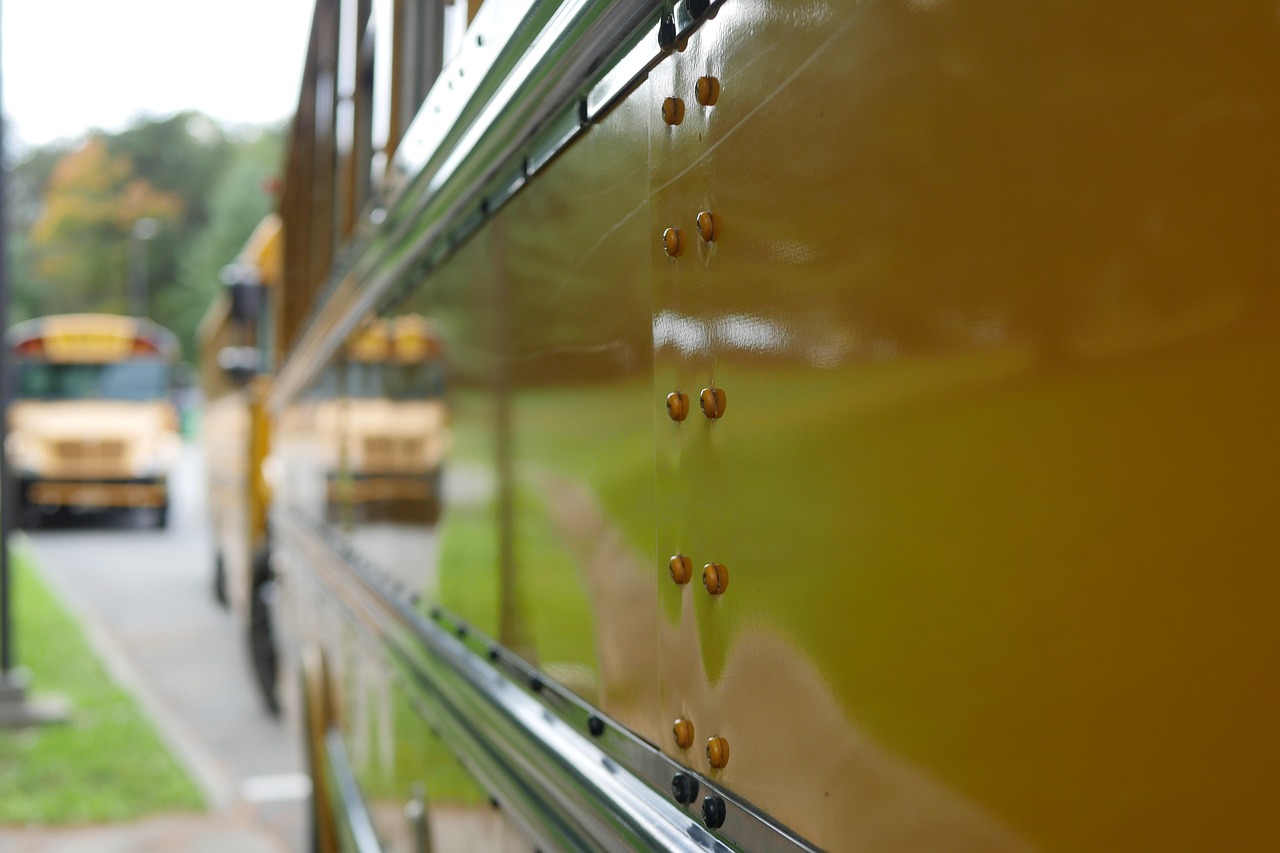Addressing Implicit Bias in Classroom Discipline Practices
Implicit bias in education settings refers to the unconscious attitudes or stereotypes that can influence our actions and decisions towards students based on characteristics such as race, gender, or socio-economic status. These biases can lead to differential treatment of students, creating disparities in academic opportunities and outcomes.
Teachers and educators must recognize that everyone holds some level of implicit bias, as it is a natural part of being human. By acknowledging and understanding these biases, educators can work towards mitigating their impact on student experiences and strive to create a more inclusive and equitable learning environment for all.
Recognizing the Impact of Implicit Bias on Discipline Practices
Implicit bias in education settings can have a profound impact on discipline practices within schools. It can result in disproportionate disciplinary actions against students from marginalized groups, leading to a cycle of inequity and injustice. Educators may unknowingly exhibit bias in their interpretation of students’ behaviors, which can result in harsher disciplinary measures for some students compared to others.
These biased disciplinary practices can have long-term consequences for students, affecting their academic performance, behavior, and overall well-being. Students who are unfairly disciplined due to implicit bias may develop a negative perception of school, leading to disengagement, lower motivation, and increased likelihood of dropout. It is crucial for educators and school administrators to recognize and address the impact of implicit bias on discipline practices to create a more inclusive and equitable learning environment for all students.
Exploring the Root Causes of Implicit Bias in Classroom Settings
Implicit bias in classroom settings can stem from a variety of sources. One potential root cause is societal stereotypes that individuals may unconsciously internalize, leading to biased perceptions and interactions with students. These stereotypes can be perpetuated by media, social norms, and personal experiences, reinforcing preconceived notions about certain groups of students.
Another contributing factor to implicit bias in classrooms is the lack of exposure to diverse perspectives and experiences. When educators are not exposed to a variety of backgrounds and cultures, they may rely on limited or inaccurate information to make judgments about students. This lack of exposure can lead to biased assumptions about students’ abilities, behaviors, and potential, ultimately influencing how educators interact with and support their students.
• Implicit bias in classroom settings can stem from societal stereotypes that individuals internalize
• Stereotypes perpetuated by media, social norms, and personal experiences can reinforce biased perceptions and interactions with students
• Lack of exposure to diverse perspectives and experiences contributes to implicit bias in classrooms
• Educators relying on limited or inaccurate information may make biased assumptions about students’ abilities, behaviors, and potential
What is implicit bias in education settings?
Implicit bias in education settings refers to the unconscious attitudes or stereotypes that affect our understanding, actions, and decisions in the classroom.
How does implicit bias impact discipline practices in schools?
Implicit bias can lead to disproportionately harsher disciplinary actions towards students of certain races, backgrounds, or identities, contributing to the school-to-prison pipeline.
What are some root causes of implicit bias in classroom settings?
Root causes of implicit bias in classroom settings can include societal stereotypes, personal experiences, lack of diversity training, and institutional practices that perpetuate biases.
How can educators work to address implicit bias in the classroom?
Educators can work to address implicit bias by recognizing their own biases, seeking out diversity training, promoting inclusive practices, and actively working to create a more equitable learning environment for all students.







